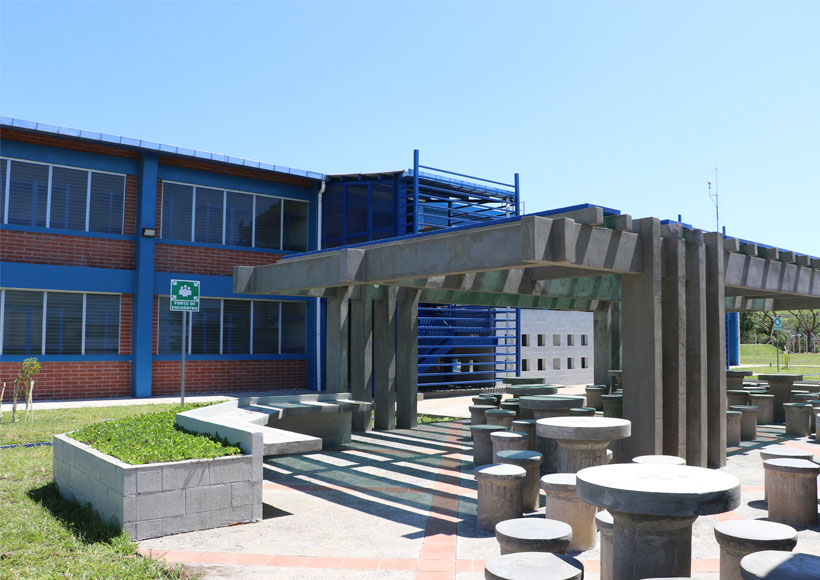Context
In June 2009, the new government authorities of El Salvador and the General Directorate of Correctional Centres (DGCP, by its Spanish acronym) resumed an abandoned penitentiary system, which did not have an established penitentiary policy, and also had no reliable information on the number of inmates detained in the correctional centres, or any clarity about their legal situation.
Problem
Each correctional centre used an Excel spreadsheet—each one with a different format—, which made it difficult to consolidate the information, and made it impossible to have information available when the authorities required it.
It was necessary to have reliable and timely-updated information regarding the incarcerated population in order to contribute to the decision-making process and to avoid committing an illegality such as not informing about escapes or undue retention.
Why was it necessary to systematise the information?
People
- People whose stay in the correctional facility was uncertain
- Execution of a census in each correctional facility
- People whose legal status, health, treatment, behaviour and location were unknown
Documents (single file)
- Documents with no history that allowed linking documents to people (a record)
- The total amount of documents in a file was unknown
- Documentation did not record the legal status of the incarcerated population
Solution
As part of the modernisation process carried out by the Salvadoran State, the Penitentiary Information System (SIPE, by its Spanish acronym) was created. It emerges as one of the main tools in the Project for the Reduction of Penitentiary Overcrowding and Technological Modernisation. SIPE was conceptualised and created by a group of professionals from the DGCP— systems and legal engineers —, as a tool that would allow registering the personal, legal, clinical and treatment information of the inmates of the entire Salvadoran correctional system in electronic files.
Development began in June 2010 using Open Source technology, using PHP as programming language and MYSQL as a database manager; all of them gave us both technological (open source and 100% expansion capacity) and economic freedom since it did not tie us to required purchases or license updates.
In parallel with the development of SIPE, an organisational process of all the physical documentation of the Salvadoran prison system was initiated, which consisted of unique records of each of the inmates who are under custody in each penitentiary. Said process consisted of mobilising a team made up of 32 lawyers or law graduates who, through unprecedented coordination, travelled through all the correctional centres with the objective of carrying out physical data collection through a technical and legal study of each file.
The data was collected in a file, recording the most important data of each file. Subsequently, these files were sent to a digitisation centre coordinated by the Technology Unit and the Penitentiary Registry and Control Unit, the units responsible for entering all the information into SIPE. This process of data collection and entry lasted approximately eight months.
While data collection was being carried out, the inmate censuses were also conducted according to a schedule in each of the correctional centres. They provided us with the physical data against which the virtual data had to be confronted. These censuses were carried out by technical personnel specialised in fingerprinting by using our AFIS system (Automated Fingerprint Identification System), which allowed us to perform two actions: the first was to build a database with each of the 10 fingerprints and the biometric facial features of each inmate, and the second was to conduct a completely reliable census.
Results
All of the above concluded that the total prison population was of 24,478 inmates, as of March 24, 2011—the official launch date of SIPE. From 2010 to date, SIPE has evolved and reached version 2.10.
Currently, SIPE has a robust hardware infrastructure that covers more than 400 users connected at a time, accessed remotely from each of the 28 correctional centres and 5 administrative buildings nationwide through private communication networks (VPN) that guarantee secure access to the system.
Transfer processes in other countries
Panama is the country that has advanced the most in the implementation of SIPE. It has developed a replica called SIP, which leads a nationwide implementation process of more than 80%. In July 2015, the IDB financed several official missions to implement SIPE in Costa Rica. The efforts have been successful, as they have initiated the implementation of the family visit module.
Although official missions of Salvadoran technicians have also been carried out in Honduras and the Dominican Republic, no progress has been made so far.
//
José Rodríguez is the head of IT Technology and Development at the General Directorate of Correctional Centres in El Salvador, where he has worked since 2010 in management positions in different areas. Currently, his main tasks are related to the conceptualization, execution and sustainability of modernisation projects in the areas of information systems (SIPE), video surveillance, virtual court hearings, computer security, electronic security of entry to correctional centres (full-body scanner) and modernisation of the institution’s administrative processes. He has a degree in computer science and a master’s degree in finance.


